There’s a reason that chefs-in-training start with knife skills. Having a handle on how to use a knife safely and efficiently is one of the best ways to boost your confidence in the kitchen and to chop precious time off of meal prep. Start sharpening your skills with this overview to help you stay on the cutting edge in the kitchen and feel better about whatever you’re cooking. Where should you start?
Safety first- Start slow if you’re still figuring out your knife skills and techniques and always remember the “claw” technique, where you curve your fingertips back behind your knuckles while gripping the item that you’re cutting so as to keep them out of the path of your knife. Done right, your knuckles will actually guide your knife cuts while keeping your fingertips safe the whole time. Now that you’re in position, you can safely achieve any of the following techniques:
Chop: The all-purpose workhorse cut. When a recipe indicates that you should chop an ingredient, it means that efficiency matters more than precision. This is especially true for long-cooking recipes like soups, stews, and braises. Any type of rough cut is ok, as long as pieces end up around the same size. If a recipe doesn’t say otherwise, about ½ inch-sized pieces are fine.
Dice: A more precise approach to preparing ingredients. When a recipe calls for a dice, the priority is to have uniformly sized and shaped pieces so they cook at the same rate and flavor the dish evenly. Much like chopping, you can dice ingredients in a range of sizes, usually indicated in the recipe. Veggies, with their many knobs and curves, can be tricky to wrangle into perfectly uniform cubes. Consider cutting your produce in half or just slicing off one edge to create a flat, stable surface so you can cut the rest of it quickly and safely.
Mince: The finest of the cuts. When a recipe calls for you to mince an ingredient, it’s telling you to chop it really finely so the ingredient can cook more quickly or diffuse its flavor through the entire dish. Finely chopping garlic actually makes the garlic flavor more intense, so when you’re thinking in terms of fire-power, smaller can actually be bigger! When you’re cutting chili peppers, smaller pieces help spread the heat out throughout the dish and avoid spicy surprises when you’re eating.
Slice: Creating a plank out of the ingredient. This can be a good way to make ingredients like tomatoes or citrus look gorgeous on top of toast or infuse their amazingly intense aroma throughout a salad.
Chiffonade: An unnecessarily fancy French term for cutting leafy greens and herbs into gorgeous thin strips. This makes herbs like basil or mint the perfect size and shapes for garnishing a salad, rice bowl, or taco. An easy way to do this is by stacking them and then rolling the leaves like a cigar before thinly slicing them.
Julienne: Long, thin strips reminiscent of matchsticks. These uniform cuts are helpful to achieve even cooking in dishes like stir-fry or fajitas.

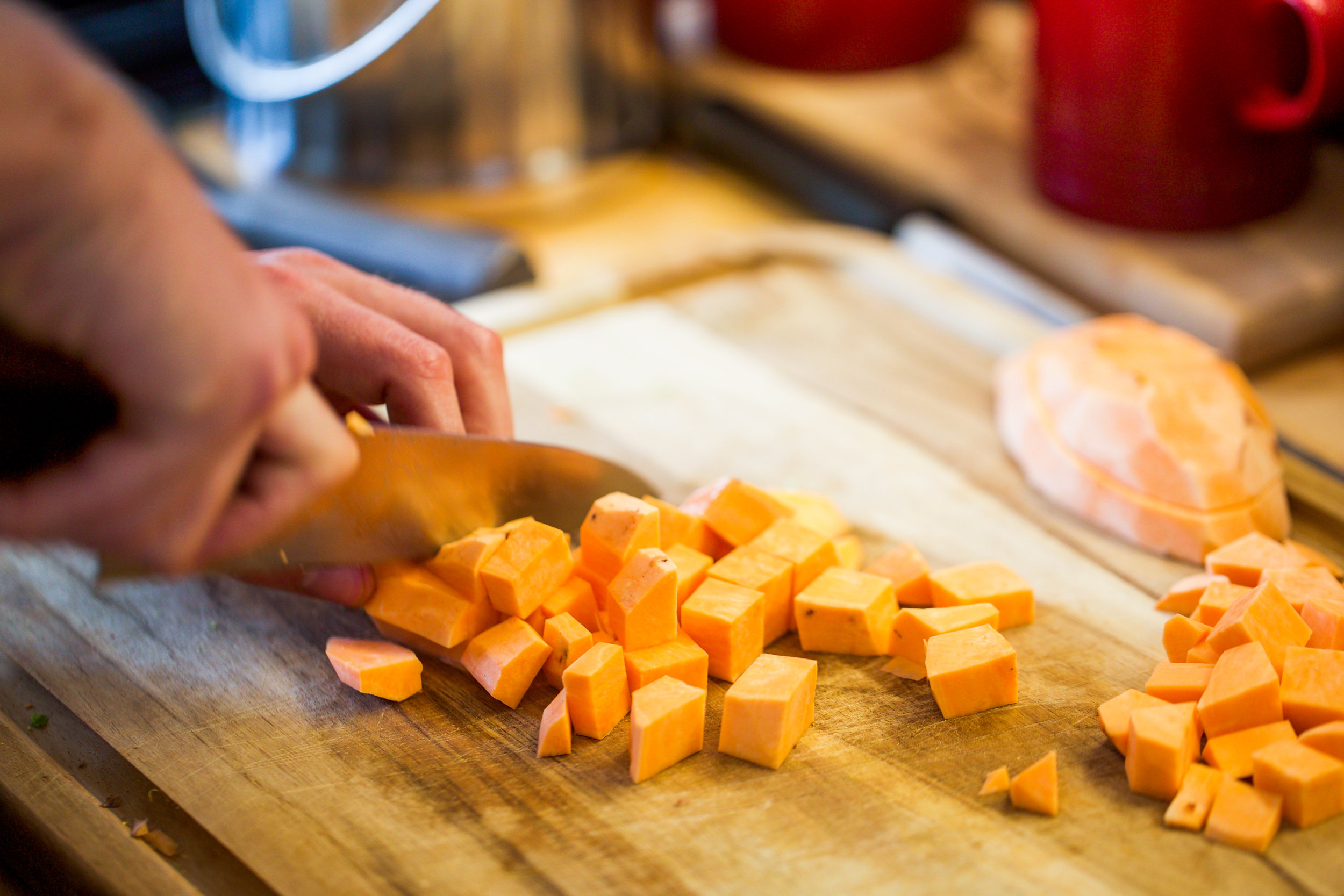
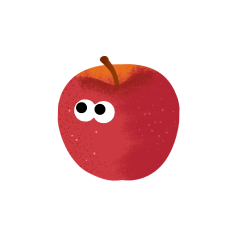


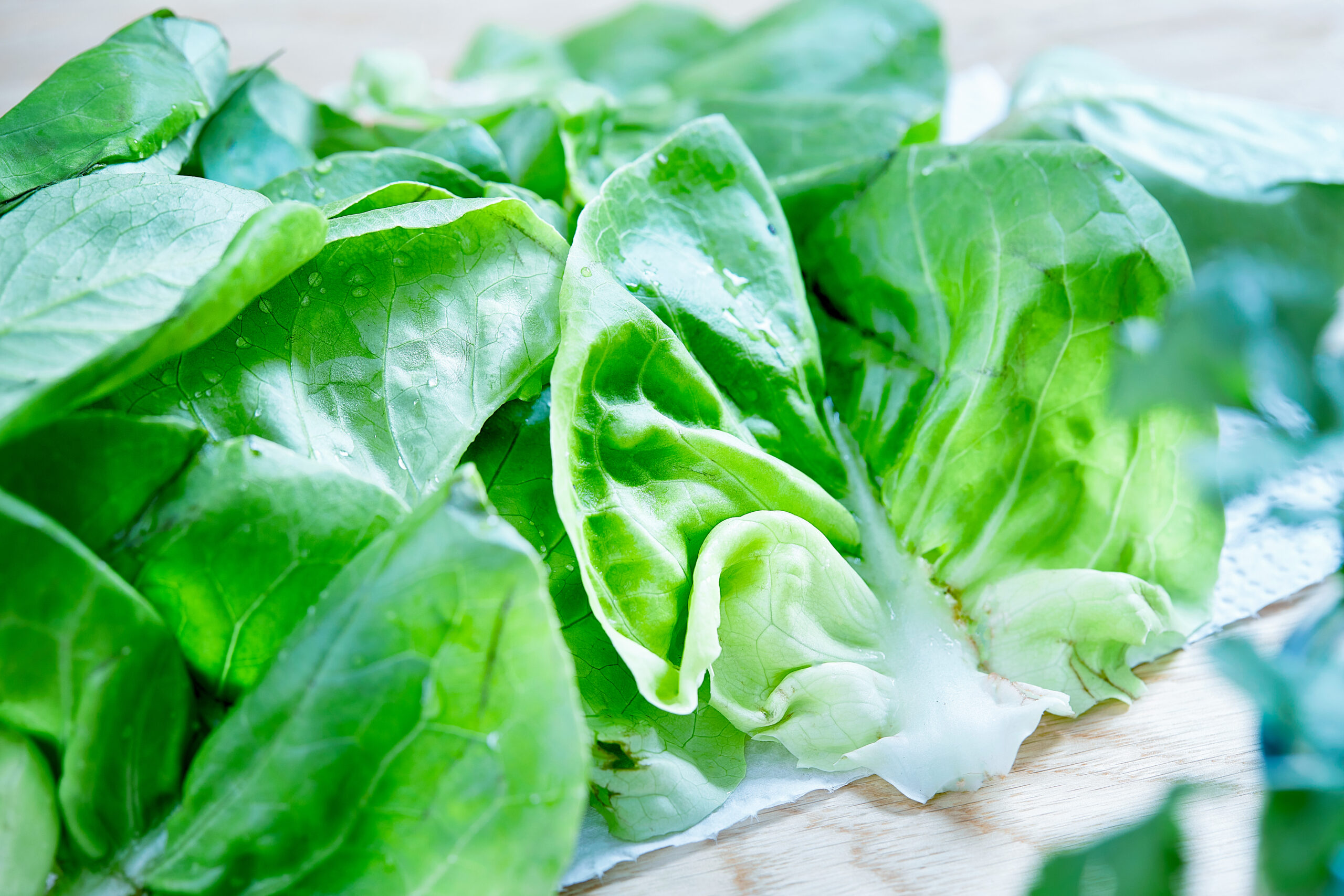
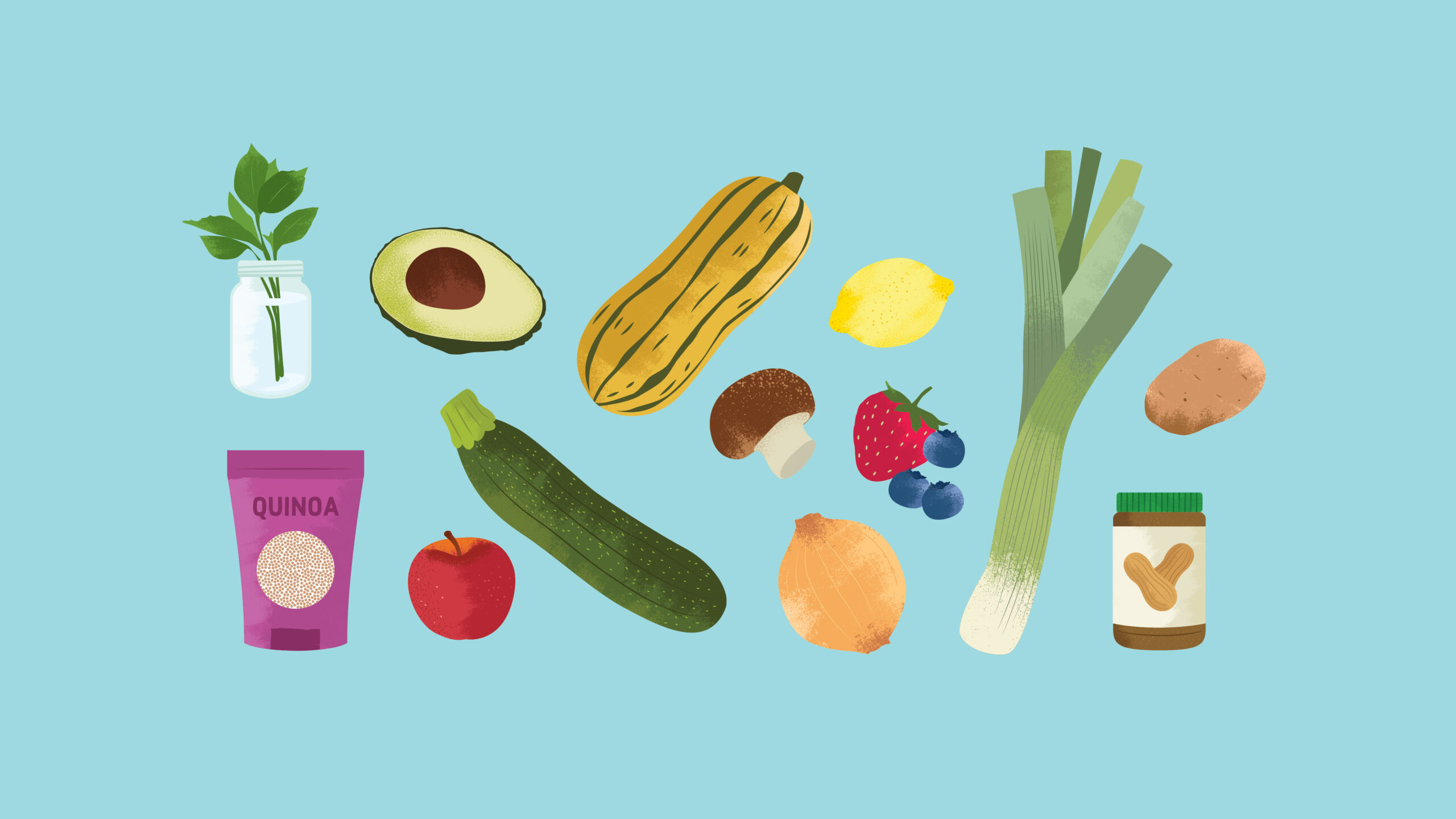
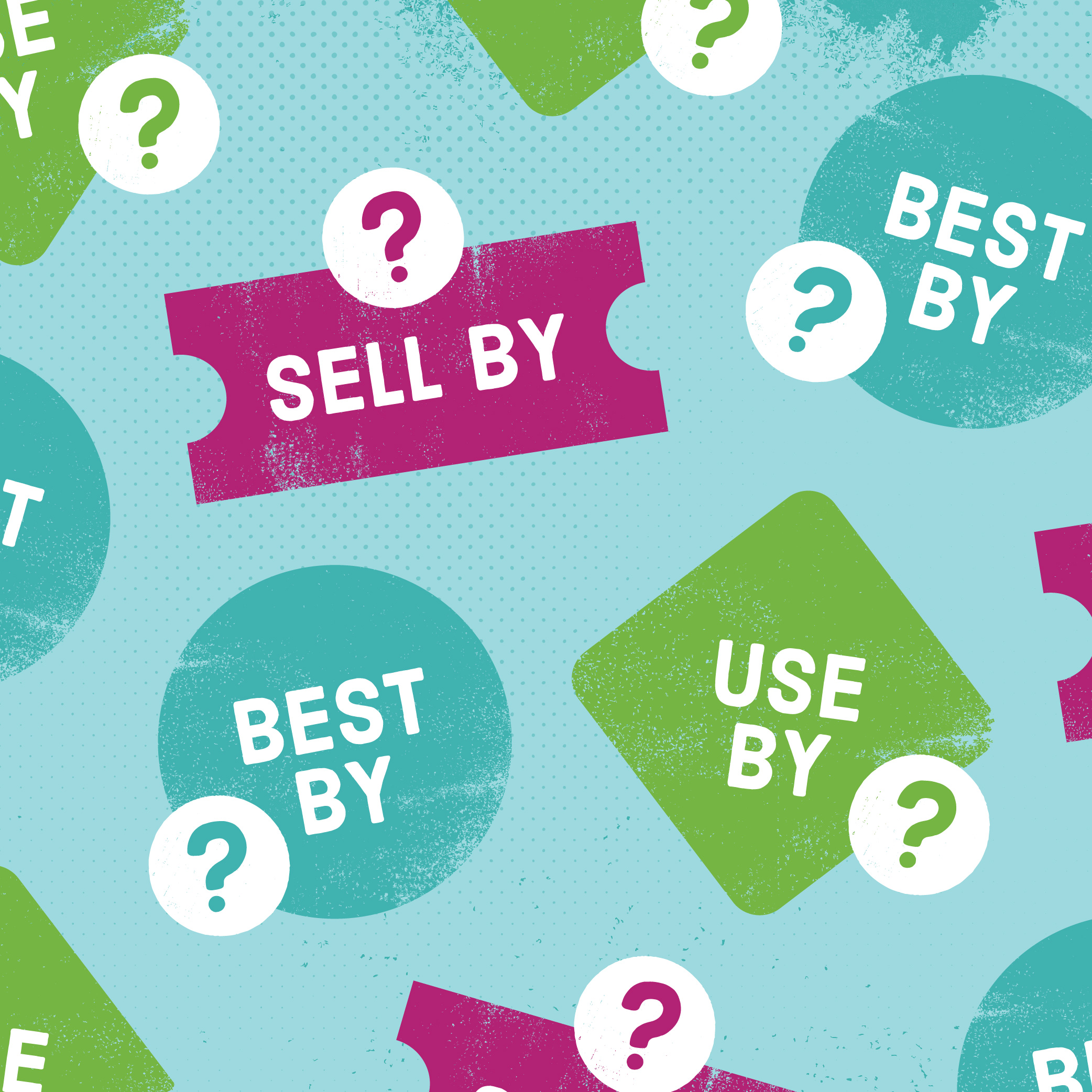


Love these tips!! Thank you.
We’re happy to hear it. You’re so welcome, Gail! Happy cooking!